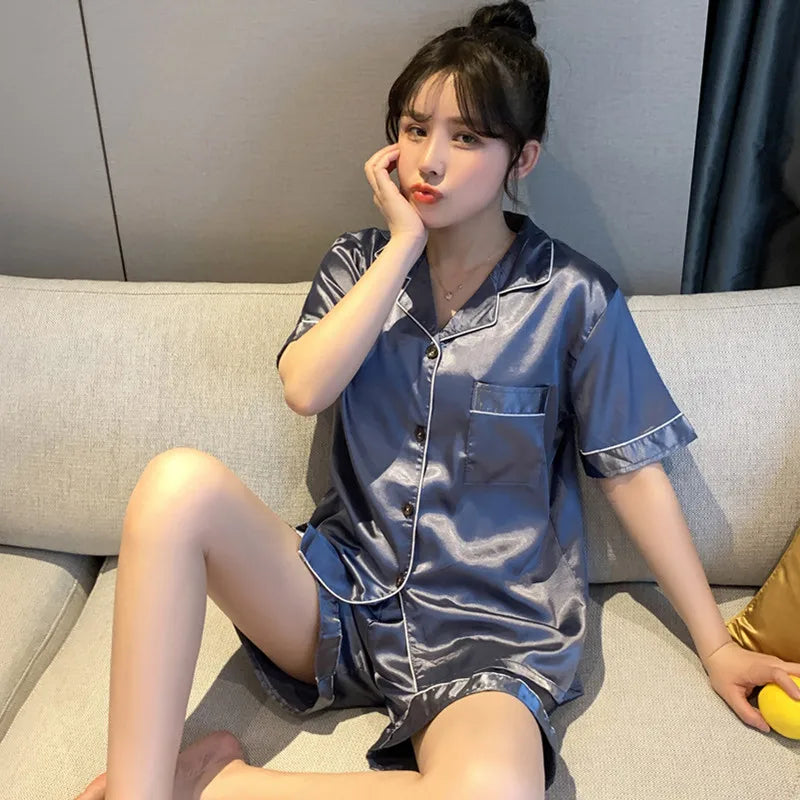Do You Put Pajamas Under Sleep Sacks? A Comprehensive Guide
Table of Contents
- Introduction
- Understanding Sleep Sacks
- Dressing Your Baby for Sleep: The Layering Concept
- The Role of Fabrics in Sleepwear
- Practical Tips for Dressing Your Baby Under a Sleep Sack
- Conclusion
Introduction
As a new parent, you might find yourself inundated with questions about your baby's sleep routine. One common query that many parents grapple with is, "Do you put pajamas under sleep sacks?" This seemingly simple question can lead to a multitude of considerations regarding your baby's comfort, safety, and overall sleep quality. The stakes are high; after all, a well-rested baby means a happier household.
To put things into perspective, studies suggest that babies who sleep well are more likely to develop healthy sleep patterns as they grow. This makes understanding the optimal sleep attire crucial. As we dive into this topic, we will explore the various factors that affect what your baby should wear under a sleep sack, including temperature regulation, the types of clothing available, and the benefits of specific fabrics.
By the end of this blog post, you will have a comprehensive understanding of how to dress your baby for sleep in a way that promotes comfort, safety, and healthy sleep habits. We will cover everything from fabric choices to seasonal considerations, ensuring you feel confident in your decisions. So, let's embark on this journey together, exploring the essential guidelines to help your little one sleep soundly through the night.
Understanding Sleep Sacks
What Are Sleep Sacks?
Sleep sacks, also known as wearable blankets, are designed to keep babies warm and cozy while eliminating the risks associated with loose bedding. They provide a safe alternative to traditional blankets, which can pose suffocation hazards. Sleep sacks come in various materials, sizes, and TOG (Thermal Overall Grade) ratings, making them versatile for different climates and seasons.
Benefits of Using Sleep Sacks
- Safety: Sleep sacks reduce the risk of Sudden Infant Death Syndrome (SIDS) by preventing loose bedding in the crib.
- Comfort: They provide a snug, comforting environment that mimics the feeling of being swaddled.
- Temperature Regulation: Many sleep sacks are designed to keep babies warm without overheating, allowing for an optimal sleeping temperature.
- Ease of Use: Sleep sacks make nighttime diaper changes easier, as they often come with zippers or snaps.
Types of Sleep Sacks
- Lightweight Sleep Sacks: Ideal for warmer climates or summer months, these are typically made from breathable fabrics like cotton.
- Heavyweight Sleep Sacks: These are suited for colder weather, often featuring thicker insulation to provide extra warmth.
- Weighted Sleep Sacks: Designed to mimic the sensation of being held, these can help soothe babies who enjoy that extra pressure.
Dressing Your Baby for Sleep: The Layering Concept
The Importance of Layering
Layering is essential when dressing your baby for sleep. The key principle is that your little one should wear one more layer than you would find comfortable. This is particularly important because babies have a different ability to regulate their body temperature compared to adults. They can easily become too hot or too cold, making it vital to find the right balance.
General Guidelines for Layering
- Room Temperature: The ideal room temperature for a baby is between 68°F and 72°F. Adjust your baby's clothing according to the temperature of their sleeping environment.
- Fabric Choices: Opt for breathable materials that wick moisture away from your baby's skin. Cotton and bamboo are excellent options, as they ensure comfort and temperature regulation.
- Fit: Ensure that the clothing underneath the sleep sack fits snugly but is not too tight. Loose clothing can pose a safety risk, while overly tight garments can restrict movement and comfort.
What to Wear Under a Sleep Sack
Now that we understand the importance of layering, let's delve into the types of clothing you can choose to dress your baby under a sleep sack.
Pajamas vs. Bodysuits
Many parents wonder whether to use pajamas or bodysuits under a sleep sack. Both options have their merits:
- Pajamas: If you opt for pajamas, consider lightweight, breathable options. Long-sleeve footed pajamas can be a great choice in cooler weather, while short-sleeve sets are suitable for warmer months. Make sure they are snug-fitting to prevent any safety hazards.
- Bodysuits: A bodysuit or onesie is often an easier choice for younger babies, especially when diaper changes are frequent. These options provide coverage without bulk and can be layered easily with sleep sacks.
Special Considerations for Seasons
- Summer: In warmer months, a lightweight cotton bodysuit or a short-sleeve onesie is typically sufficient under a lightweight sleep sack. Avoid thick fabrics that can trap heat and lead to overheating.
- Winter: During colder months, consider long-sleeve footed pajamas or a thicker bodysuit. Pair this with a heavier sleep sack to ensure your baby stays warm without compromising safety.
Monitoring Your Baby's Comfort
It's crucial to keep an eye on your baby's comfort level. Here are some signs that may indicate your baby is too hot or too cold:
- Signs of Overheating: Flushed cheeks, sweating, rapid breathing, or lethargy can all signal that your baby is too warm.
- Signs of Being Cold: Cold hands and feet, a chilly chest, or fussiness can indicate that your baby is too cold.
The Role of Fabrics in Sleepwear
Choosing the Right Fabrics
Not all fabrics are created equal, especially when it comes to your baby's comfort during sleep. Here are some fabric options you should consider:
- Organic Cotton: Soft, breathable, and gentle on sensitive skin, organic cotton is an excellent choice for sleepwear.
- Bamboo: Known for its moisture-wicking properties, bamboo fabric helps regulate temperature and keep your baby comfortable throughout the night.
- Merino Wool: This natural fiber is perfect for colder climates, as it provides warmth without overheating. It also has moisture-wicking capabilities, making it an excellent choice for sleepwear.
Avoiding Synthetic Fabrics
While synthetic fabrics may be more affordable, they often trap heat and moisture, leading to discomfort. It's best to avoid materials like polyester and nylon for your baby's sleepwear to ensure optimal breathability and comfort.
Practical Tips for Dressing Your Baby Under a Sleep Sack
Fit and Functionality
When dressing your baby for sleep, ensure that:
- The sleep sack fits snugly around the torso but allows enough room for leg movement.
- You can fit at least two fingers between the sleep sack and your baby's chest for comfort.
- The clothing underneath does not have any loose parts, buttons, or toggles that could pose safety risks.
Test Runs Before Bedtime
Before settling down for the night, conduct a quick test run by monitoring your baby in their sleep sack for a short period. Observe how they react to their attire and make any necessary adjustments based on their comfort level.
Adapting to Your Baby's Needs
Every baby is unique, and their comfort levels can vary. Be prepared to adjust clothing and layers based on their behavior. If they seem too hot, consider removing a layer; if they appear cold, adding an additional layer may be necessary.
Conclusion
As we wrap up this exploration into the world of sleep sacks and what to wear underneath them, we've learned that choosing the right attire for your baby can significantly influence their sleep quality and overall well-being. By understanding the importance of layering, selecting appropriate fabrics, and taking seasonal variations into account, you can create a cozy and safe sleep environment for your little one.
Remember, the journey to finding the perfect sleep attire may require some trial and error, but with patience and careful observation, you'll develop a routine that works for both you and your baby.
FAQs
1. What is the ideal room temperature for a baby, and does this affect what they should wear under a sleep sack? The ideal room temperature for a baby is between 68°F and 72°F. Dressing your baby according to this temperature will help them sleep comfortably and safely.
2. How can I tell if my baby is too hot or too cold under the sleep sack? Signs of overheating include flushed cheeks, sweating, and rapid breathing, while cold hands and feet, fussiness, or a chilly torso can indicate your baby is too cold.
3. What types of clothes are best to wear under a sleep sack? Lightweight bodysuits, pajamas, or onesies made from breathable materials like cotton or bamboo are ideal for wearing under sleep sacks.
4. Can my baby overheat with clothing under a sleep sack? Yes, overdressing your baby can lead to overheating, which poses risks such as Sudden Infant Death Syndrome (SIDS). Always monitor their temperature and adjust layers accordingly.
By following these guidelines, you can ensure your baby enjoys restful nights, allowing you to find peace of mind in knowing you are providing a safe and comfortable sleep environment.



